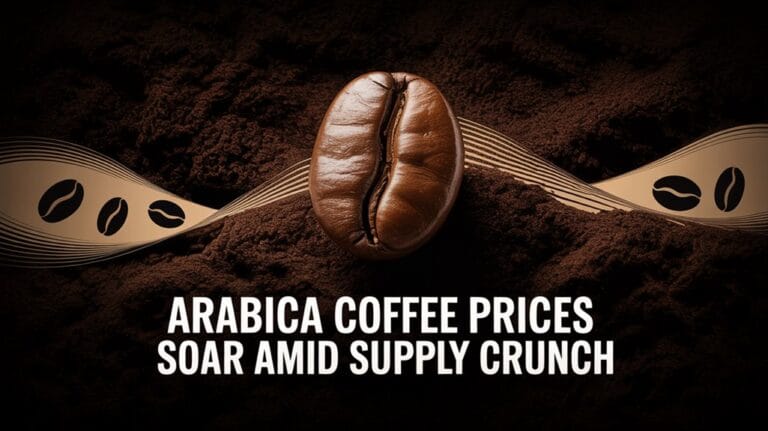As the new year begins, Arabica coffee prices have seen a remarkable surge. Prices soared more than 50% year-on-year, reaching nearly $9 per kilogram in early 2025. In January, the price peaked around $3.48 per pound on the Intercontinental Exchange, marking a notable 79% increase from the previous year. However, after this peak, prices showed some volatility and dipped to about $3.60 per pound but sustained higher levels than in past years.
Several factors contribute to this price spike. Supply constraints have emerged as a significant issue. Global production of coffee has increased but remains below the levels seen in the 2020-21 season. Tight Arabica inventories on the ICE exchange fell to a low of around 580,000 bags, which supports higher prices. The traditional methods of agroforestry systems used in Ethiopian coffee cultivation have been disrupted, impacting overall production capacity.
Supply constraints and low Arabica inventories are driving coffee prices higher, despite increased global production.
American buyers have also turned away from new contracts for Brazilian coffee due to steep import tariffs, which tightens supply further. The situation is complicated by economic pressures. Rising production costs and inflation worldwide have placed additional strain on coffee pricing.
Climate events have also played a critical role in affecting supply. Severe droughts and frosts in Brazil, the world’s largest coffee producer, have reduced yields substantially. These weather problems create uncertainty in the market, as fluctuating supply levels can lead to price spikes. Geopolitical tensions and trade issues continue to further complicate the situation, adding unpredictability to an already volatile market. The effects of climate change are increasingly exacerbating these challenges, putting additional pressure on coffee producers to adapt.
With Arabica coffee prices remaining high, the coffee industry faces increased pressure. Sellers, including retailers and cafes, must deal with rising costs and shrinking margins.
Although some price declines in mid-2025 offered temporary relief, ongoing supply chain risks contribute to market instability. The combination of fluctuating demand and limited stock availability is likely to fuel further uncertainty in coffee pricing as the year progresses.





